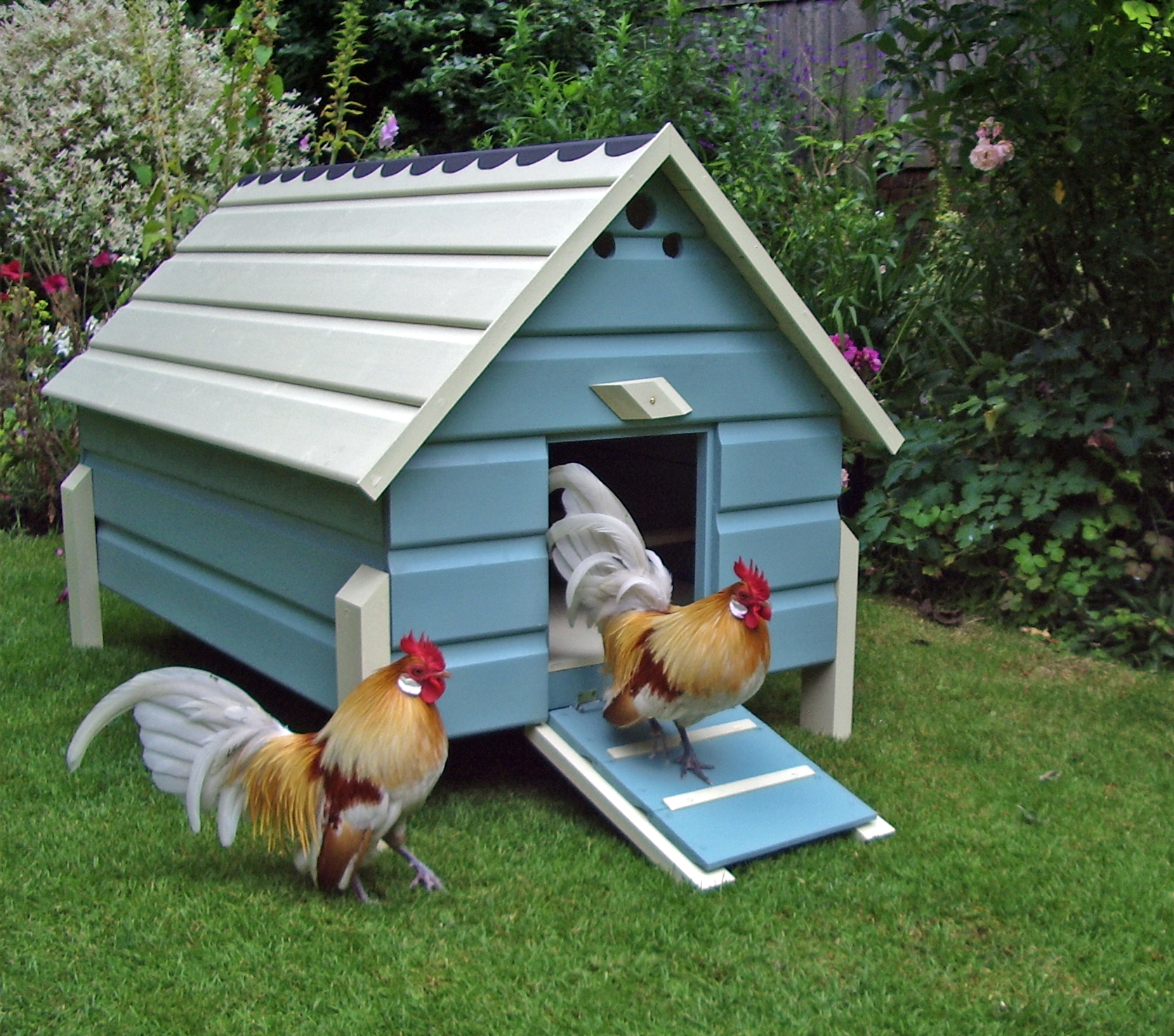Dutch Bantam on:
[Wikipedia]
[Google]
[Amazon]
The Dutch Bantam ( nl, Hollandse Kriel, italic=no) is a
 Dutch Bantams are among the smallest breeds of
Dutch Bantams are among the smallest breeds of
breed
A breed is a specific group of domestic animals having homogeneous appearance (phenotype), homogeneous behavior, and/or other characteristics that distinguish it from other organisms of the same species. In literature, there exist several slig ...
of bantam chicken originating in the Netherlands
)
, anthem = ( en, "William of Nassau")
, image_map =
, map_caption =
, subdivision_type = Sovereign state
, subdivision_name = Kingdom of the Netherlands
, established_title = Before independence
, established_date = Spanish Netherl ...
. It is a true bantam
This is a list of the true bantam breeds of chicken, breeds which are naturally small and do not have a corresponding "full-size" version.
* Barbu d'Anvers (Antwerpse Baardkriel)
* Barbu d'Everberg (Everbergse Baardkriel)
* Barbu d'Uccle (Ukkel ...
, a naturally small bird with no related large fowl from which it was miniaturized. It is kept mainly for exhibition
An exhibition, in the most general sense, is an organized presentation and display of a selection of items. In practice, exhibitions usually occur within a cultural or educational setting such as a museum, art gallery, park, library, exhibition ...
, and has been bred in many color varieties; it is a good layer of small eggs.
History
Diminutive chickens of similar coloration to today's Dutch Bantams have been seen in the Netherlands for hundreds of years, but the exact origin of the breed is unclear. It is likely that the ancestors of the Dutch Bantam were Southeast Asian bantams brought back by sailors from theDutch East Indies
The Dutch East Indies, also known as the Netherlands East Indies ( nl, Nederlands(ch)-Indië; ), was a Dutch colony consisting of what is now Indonesia. It was formed from the nationalised trading posts of the Dutch East India Company, which ...
. Historically, it is supposed that these tiny chickens were selectively bred because only small eggs could be kept by peasant farmers, while larger ones were required to be sent to the kitchens of the landed gentry
The landed gentry, or the ''gentry'', is a largely historical British social class of landowners who could live entirely from rental income, or at least had a country estate. While distinct from, and socially below, the British peerage, th ...
. The first written reference to the Dutch Bantam as a distinct breed is in the ''Hand- en standaardboek'' of R.T. Maitland, director of the of The Hague
The Hague ( ; nl, Den Haag or ) is a city and municipality of the Netherlands, situated on the west coast facing the North Sea. The Hague is the country's administrative centre and its seat of government, and while the official capital of ...
, published in 1882; he referred to them as , "partridge bantams". The Nederlandse Hoender Club, the Dutch national poultry club, recognized the breed in 1906. A breeders' association, the Hollandse Krielenfokkers Club, was formed in 1946.
The Dutch Bantam was first exported to the United States in the 1950s. It was included in the Standard of Perfection
The ''American Standard of Perfection'' is the official breed standard for the poultry fancy in North America. First published in 1874 by the American Poultry Association, the ''Standard of Perfection'' (commonly referred to as "the ''Standard''" ...
of the American Poultry Association
The American Poultry Association (APA) is the oldest poultry organization in the North America. It was founded in 1873, and incorporated in Indiana in 1932.
The first American poultry show was held in 1849, and the APA was later formed in respo ...
in 1992 in two colors; four others were later added. It reached the United Kingdom towards the end of the 1960s; the British Dutch Bantam Club was formed in 1982, and thirteen colors are standardized. It is also reared in Germany and in South Africa.
Characteristics
 Dutch Bantams are among the smallest breeds of
Dutch Bantams are among the smallest breeds of true bantam
This is a list of the true bantam breeds of chicken, breeds which are naturally small and do not have a corresponding "full-size" version.
* Barbu d'Anvers (Antwerpse Baardkriel)
* Barbu d'Everberg (Everbergse Baardkriel)
* Barbu d'Uccle (Ukkel ...
. Cock birds should weigh no more than 550 grams, and hens 450 grams. Due to their light weight and relatively large wings, Dutch Bantams fly rather well. The original type of plumage for Dutch Bantams was a partridge pattern. Twenty-nine colour varieties are recognised by the Dutch association. All varieties should have a comb with 5 points, white earlobes, slate blue legs, apart from certain varieties and white skin.
The breed is friendly in temperament, but somewhat flighty. Their small size and comb type makes them not especially cold hardy. Dutch Bantam hens make good mothers and will easily go broody. Uniquely for bantams, and especially ones popular in showing, Dutch Bantams lay well; they can produce 160 cream or white eggs in a year, though the size of the egg is much smaller than commercial layers. Due to their friendly character and egg laying ability, the breed is well suited to hobbyists and backyard keepers needing a bantam-sized bird.
References
{{Chicken breeds of the Netherlands Bantam chicken breeds Chicken breeds originating in the Netherlands Chicken breeds